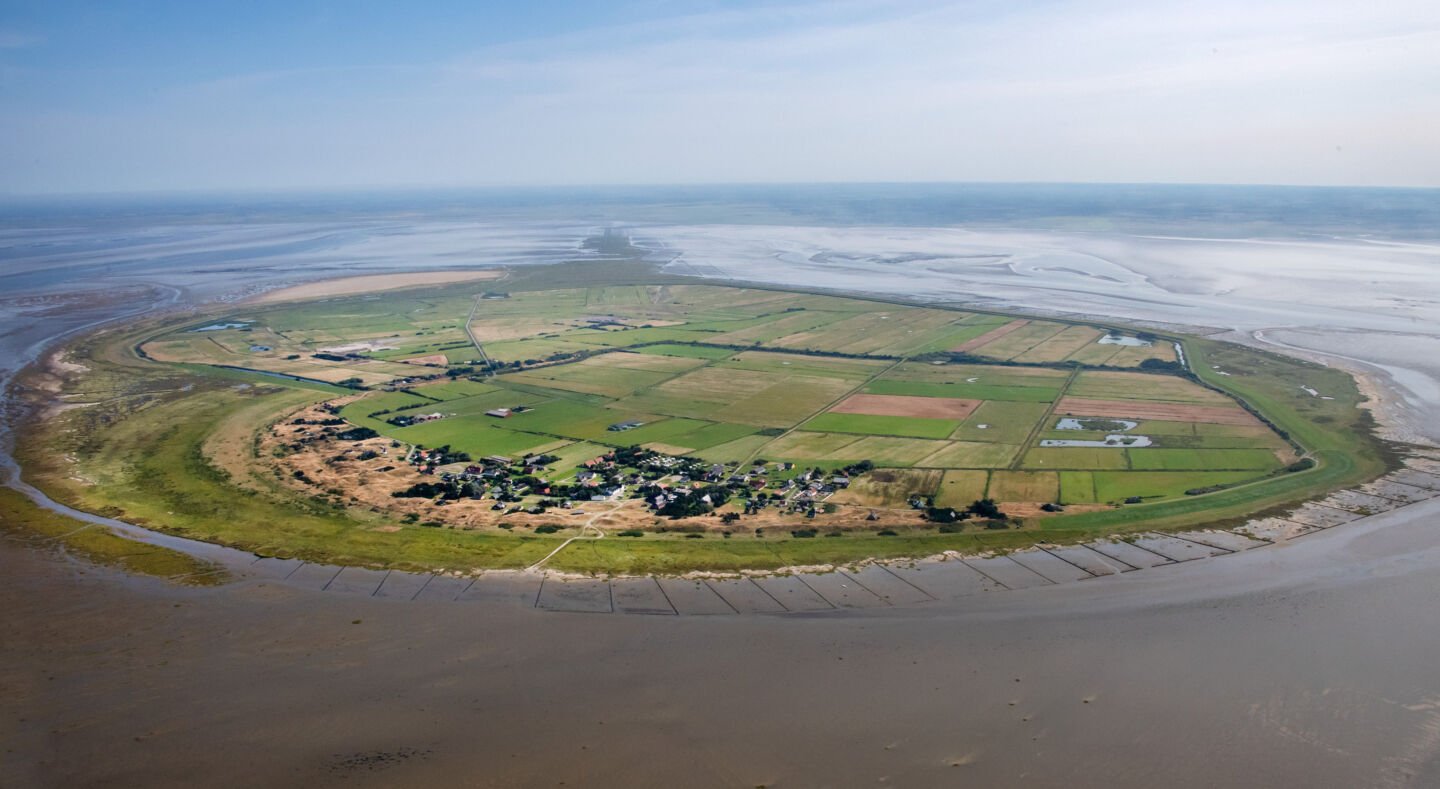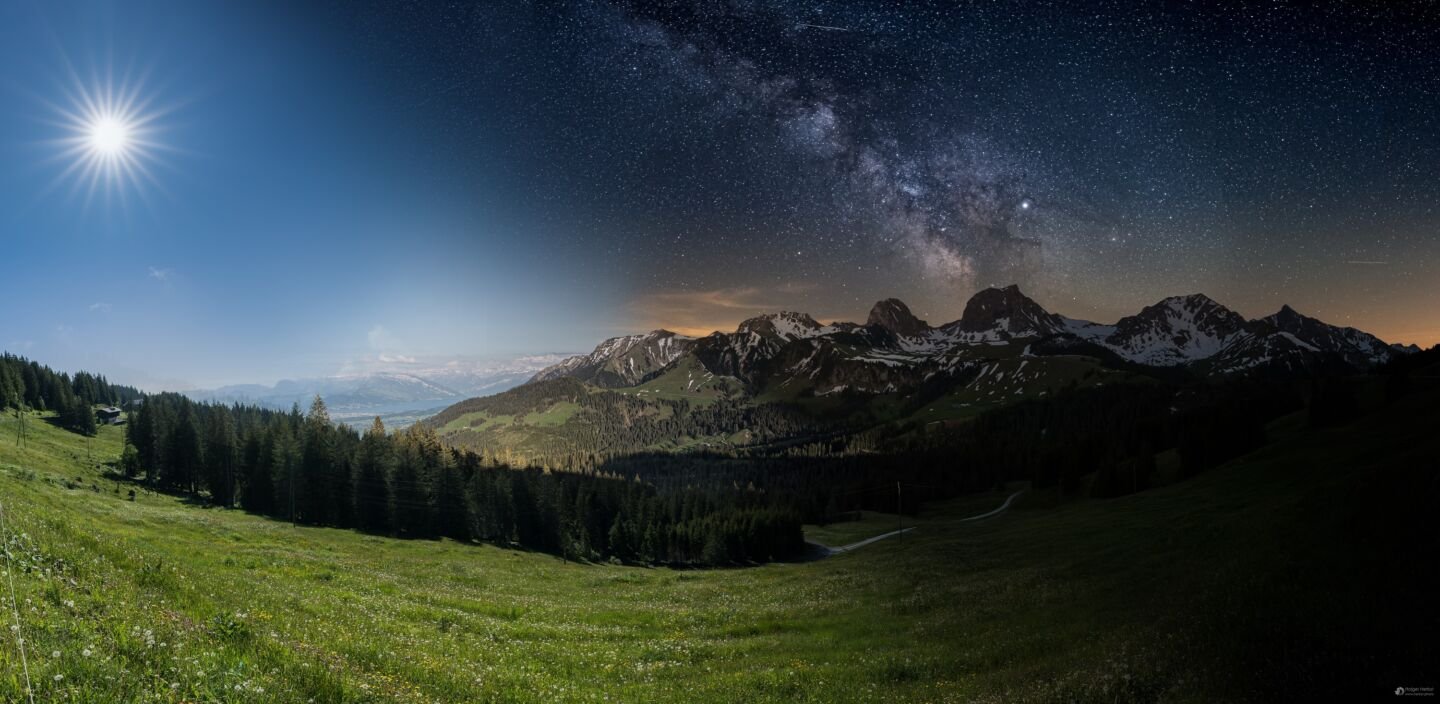
A Farewell From Dr. John Barentine

The old saying in English that “all good things must come to an end” is trite but true. The good things that have filled my professional life while working for IDA as a member of our staff for the last several years are coming to an end. At a crossroads in life and career, it’s an appropriate moment to take stock of how remarkable these years have been.
Fate brought me to IDA. More specifically, it was Twitter. I followed former staffer Scott Kardel on that social media platform in the last couple of years while finishing my Ph.D. in astronomy at the University of Texas. As I was thinking about what to do next, shortly after graduating, Scott posted an ad for a position managing the International Dark Sky Places (IDSP) Program at IDA. After a couple of email exchanges and a flight from Austin to Panama City, Florida, I was walking state beaches in the Florida panhandle with Scott and his coworker, Matt Root, helping them collect field data for a project in partnership with the Florida Fish and Wildlife Conservation Commission to improve beach-adjacent outdoor lighting for the benefit of nesting sea turtles. At the end of the week, I had a job offer and was planning a move (back) to Tucson, Arizona, where I attended university in the 1990s.
Could the astronomer become a conservationist? No one knew, but he was willing to try! The job meshed well with my main professional interests, which are to advance the public’s understanding and appreciation of science and to enable more people to experience the wonder and awe of the cosmos.
Eight years after that August on the Florida coast, I’m proud of what IDA has achieved. Buoyed by the program’s many enthusiastic applicants, we grew IDSP program output by 400% in my time as Program Manager. During this same period, there were many program ‘firsts’, including the first International Dark Sky Sanctuary; the first privately owned International Dark Sky Place; the first IDSPs ever designated in Asia and the Mideast; the first transnational IDSP; and even the first Dark Sky ‘Nation’. I’m equally indebted to my IDSP Program Manager predecessors, Johanna Duffek and Ameé Hennig, for paving the way as I am to my successors, Adam Dalton and Ashley Wilson, for carrying the torch. Together, we built IDSP into the world’s premiere dark sky conservation program that continues to grow at a rate few envisioned when it debuted 20 years ago this October.
Along with that, IDA helped further the professionalization of nighttime conservation. We provided support and advice to organizations as varied as the U.S. Bureau of Land Management, Parks Canada, the Australian Department of the Environment and Energy, and the International Union for the Conservation of Nature as they defined and promoted best management practices relating to dark skies and outdoor lighting. We also helped lawmakers, such as the U.K. All-Party Parliamentary Group for Dark Skies, frame up their policy agendas and resulting legislation. All the while, I attended municipal council meetings, wrote public comment letters and policy statements, gave many public presentations, and shook countless hands. In many instances, I was just the happy middle man, facilitating introductions that turned into alliances and helped drive positive change throughout the world.
During my time on our staff, I leveraged my academic background and connections to strengthen IDA’s ties to the international community of light pollution researchers. Chief among these accomplishments was helping in 2016 to found the world’s first academic institute dedicated to the study of light pollution and the natural night: the Consortium for Dark Sky Studies (CDSS) at the University of Utah. One direct output of CDSS is the establishment of a liberal arts minor program of study at the University, training the next generation of leaders in dark skies conservation. A more recent development is the brand new Journal of Dark Sky Studies, which has just published its first papers. Janet Muir, Stephen Goldsmith, Prof. David Kieda, and Prof. Daniel Mendoza were all indispensable in helping me realize a dream that started in 2013 as a folder among my files simply labeled “Dark Sky Studies Institute”.
In 2014, in partnership with the European Union Cooperation in Science and Technology program called the Loss Of The Night Network, we began curating a publicly accessible database of scientific papers relating to all aspects of light pollution and dark skies research; seven years later, the Artificial Light At Night Research Literature Database (ALANDB) consists of over 3,300 citations. It has become an important tool for researchers in our field. By 2021, we could say it in print: the study of the night — ‘nyctology’ — was quickly becoming mainstream. I count many friends among this community now, including Dr. Chris Kyba, Dr. Andy Jechow, and Prof. Sara Pritchard, to name just a few.
I kept up participation in science while working on our staff, establishing new collaborations with some of the finest scientific colleagues with whom I’ve had the good fortune to work. These amazing people include Prof. Miro Kocifaj, Prof. Salva Bará, Dr. František Kundracik, and Dr. Connie Walker. Together, we demonstrated the power of high-quality LED street light retrofits; investigated new legal approaches to accelerating the pace of change in solving the problem of light pollution; sounded the alarm about the potential for the new wave of Earth-orbiting satellite ‘megaconstellations’ to brighten the night sky; and made a clearer connection between city air quality and skyglow. To have shared the stage at conferences, and the author lists of papers, with my collaborators while learning new things about light pollution has been an immensely rewarding experience.
Throughout these eight years, I’ve seen the public profile of IDA take off like a proverbial rocket to the stars. We put out more news releases, transformed our website and blog to be our communications hub, and pitched stories to new media outlets. The result was exceptionally favorable coverage of IDA in some very high-impact international publications such as the New York Times, the Financial Times, CBS News, the Los Angeles Times, USA Today, the Washington Post, National Geographic, and U.S. National Public Radio. Our former Communications Director, Cheryl Ann Bishop, taught me everything I know about public relations. I learned how to write a news release, how to keep my cool in live television and radio interviews, and how to interact with journalists to get the resulting stories that we wanted to see. This astronomer certainly never imagined that he would keep a copy of the AP Style Book on his desk and refer to it often! In the process, though, I became a better communicator.
Lastly, I’ll long remember the other IDA staffers and volunteers, past and present, alongside whom I’ve had the privilege to work during these years. It is like a big, extended family in many respects, and one never forgets their roots.
I have benefitted personally and professionally from having had the chance that IDA gave me, and I wouldn’t trade that experience for anything. I am grateful for that opportunity and hope that my contribution to our organization has helped move it closer to achieving its mission.
What’s next for me? That’s a work in progress. I’ll not be far from the orbit of IDA and its passionate advocates, and my support for the global dark-skies movement is undiminished. Our community is strong, vibrant, engaged — and just getting started. I can’t wait to see what we can all accomplish together in the future.



















